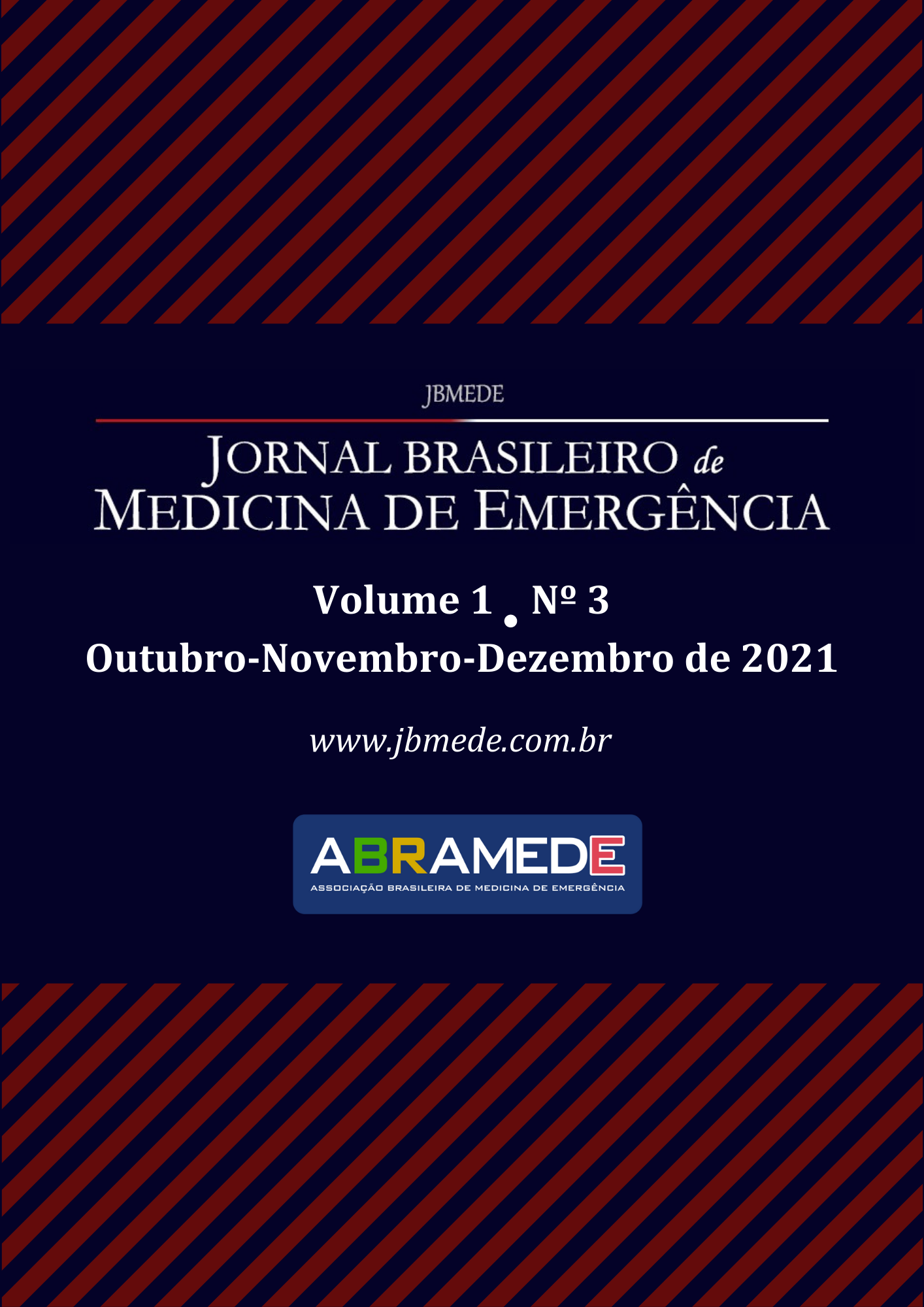Secondary Hyperkalemic Paralysis: a Case Report and an Update Review of 128 Cases
Main Article Content
Abstract
Introduction: Acute flaccid paralysis (AFP) is characterized by progressive weakness with signs of impairment of the lower motoneuron. Secondary hyperkalemic paralysis is a cause of AFP that must be quickly recognized to prevent cardiac and neurological deterioration.
Methods: We present a case of secondary hyperkalemic paralysis admitted to the emergency department and then we updated a systematic review of published cases of secondary hyperkalemic paralysis published in 2015, including case reports published from 2014 to 2021.
Results: We present a 69-years-old man admitted to the emergency department due to acute ascending generalized weakness. The neurological examination showed symmetrical tetraparesis (strength 2/5 in lower limbs and 4/5 in the upper limbs). Sensory and cranial nerves testing were unremarkable. He also had intense fasciculations in the cervical region and in the proximal muscles of the upper limbs. Initial laboratory showed potassium of 9.3 mEq/dL. The correction of hyperkalemia led to a complete reversal of weakness and fasciculations. Our patient was diagnosed with renal impairment secondary to a systemic lupus erythematosus was the cause of the secondary hyperkalemic paralysis.
Discussion: We found 128 cases of secondary hyperkalemic paralysis in Literature. The most common symptom was flaccid tetraparesis. Sensory and cranial nerves testing are usually unremarkable. Electrocardiogram is abnormal in almost all patients, particularly with a tall peaked T wave or wide QRS complex. Renal failure is the most common cause of secondary hyperkalemic paralysis. Correction of hyperkalemia is associated with excellent motor outcomes.
Article Details

This work is licensed under a Creative Commons Attribution 4.0 International License.
References
Sanson G, Russo S, Iudicello A, Schiraldi F. Tetraparesis and failure of pacemaker capture induced by severe hyperkalemia: case report and systematic review of available literature. J Emerg Med 2015;48:555-561. https://doi.org/10.1016/j.jemermed.2014.12.048
Menegussi J, Tatagiba LS, Vianna JGP, Seguro AC, Luchi WM. A physiology-based approach to a patient with hyperkalemic renal tubular acidosis. J Bras Nefrol 2018;40:410-417. https://doi.org/10.1590/2175-8239-JBN-3821
Hemachandra KHD, Dayasiri C, Kavinda MB, Kannangara T. Acute Ascending Flaccid Paralysis Secondary to Multiple Trigger Factor Induced Hyperkalemia. Case Rep Neurol Med 2018;2018:e6360381. https://doi.org/10.1155/2018/6360381
Karmacharya P, Poudel DR, Pathak R, Rettew A, Alweis R. Acute hyperkalemia leading to flaccid paralysis: a review of hyperkalemic manifestations. J Community Hosp Intern Med Perspect 2015:5:27993. https://doi.org/10.3402/jchimp.v5.27993
Kimmons LA, Usery JB. Acute ascending muscle weakness secondary to medication-induced hyperkalemia. Case Rep in Med 2014;2014:e789529. https://doi.org/10.1155/2014/789529
Narayanan S, Prakash D. Case Report: Drug induced hyperkalemia presenting as acute flaccid quadriparesis. F1000Research 2018;7:737. https://doi.org/10.12688/f1000research.15061.1
Mishra A, Pandya HV, Dave N, Sapre CM, Chaudhary S. Hyperkalemic paralysis in primary adrenal insufficiency. Indian J Crit Care Med 2014;18:527. https://dx.doi.org/10.4103%2F0972-5229.138157
Sasaki O, Uriuda Y, Shinkai M, Sasaki H. Atypical electrocardiographic findings in severe hyperkalemia with slow clinical course. J Gen Fam Med 2021;22:43-46. https://doi.org/10.1002/jgf2.381
Garg SK, Saxena S, Juneja D, Singh O, Kumar M, Mukherji JD. Hyperkalemia: A rare cause of acute flaccid quadriparesis. Indian J Crit Care Med 2014;18:46. https://dx.doi.org/10.4103%2F0972-5229.125439
Freeman SJ, Fale AD. Muscular paralysis and ventilatory failure caused by hyperkalaemia. Br J Anaesth 1993;70:226–7. https://doi.org/10.1093/bja/70.2.226

